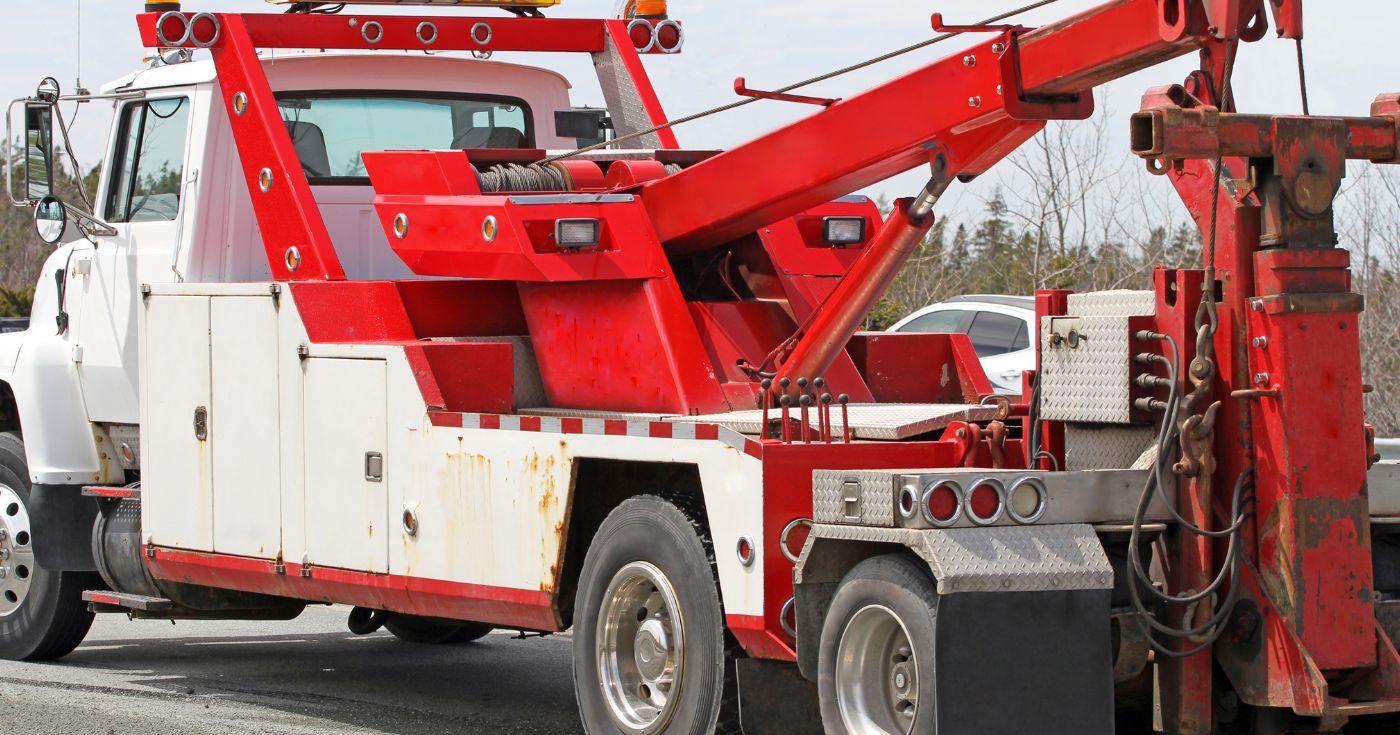What are the different types of trucks in Australia?

You only need to drive a short distance on an Australian road to see the variety of vehicles going about their everyday business. A large proportion of these are trucks, which come in all shapes and sizes. It’s hardly surprising that there should be so many trucks on the country’s highways, especially as the volume of road freight in Australia is rising. According to the Australian Bureau of Statistics, these vehicles move more than 214 million tkm (tonnes per kilometre) each year. But it’s always interesting to focus on the different types of trucks to understand what they do or how they operate. Let’s take a look at some of these interesting vehicles.
Light Versus Heavy
From a big-picture perspective, there are basically two truck types in Australia: light-commercial vehicles and heavy-duty. To understand the trucking system, it helps to study the way that Australia regulates and classifies its heavy-duty vehicles. This is handled by the National Heavy Vehicle Regulator and determines how much the trucks can weigh if there are any size limitations and how much they can haul.
Class I Heavy Vehicles

Class I heavy vehicles typically include a ‘prime mover’. This can be attached to a low loader to carry road-moving equipment or other significant cargo and may also have an extendable trailer at the back. You’ll also find special-purpose vehicles in this class. These can include cranes that can be either truck-mounted, designed to work in all terrains, or ‘pick and carry’. The familiar fire truck falls in this category.
Class 2 Heavy Vehicles

Moving up to Class 2 heavy vehicles, you’ll find many general freight vehicles amongst these truck types. This is where it can get confusing and when it comes to the truck names — letters of the alphabet come into the equation.
For example, a B-Double is one of the most popular classes of heavy haulage trailers, which is made up of a prime mover attached to two semi trailers and linked by a fifth wheel. This combination can have up to nine axles, and several variations are also available. These include the A-Double, B-Triple and an AB-Triple. A more complex arrangement involves the BAB-Quad, which is a B-double that tows a dolly converter linked to two semi trailers. The ABB-Quad features a dolly converter towing three semi trailers.
Even more complications within this structure are based on ‘performance’. These may include a prime mover that tows a quad-axle semi trailer or a rigid truck with a multi-axle semi trailer behind.
Within this category, you may also notice vehicle carriers that can be articulated and carry up to 15 vehicles to car showrooms. Livestock carriers are similarly tall with two decks.
Class 3 Heavy Vehicles

A class 3 heavy vehicle is a vehicle that does not comply with a mass or dimension requirement and is not already classified as class 1. Australia is famous for its road trains, which fall into the Class 3 heavy vehicle category. Configurations include the B-Double towing a converter dolly and multiple trailers. This class also includes those massive tow trucks that are able to haul broken-down heavy-duty vehicles like a prime mover. These are called under-hook or over-lift tow trucks.
Regulated Heavy-Duty Vehicles
Some heavy vehicles are highly regulated in addition to those standard classifications. For example, when it comes to types of trucks, a tanker truck may fall into Class I in terms of size, but they must be rated to transport dangerous liquids and gases that may be prone to explosion. They are typically fitted with additional safety features, and drivers must pass additional stringent tests.
Light Commercial Vehicles
Light-duty vehicles are more commonplace and especially on city or town streets. For example, you’ll be familiar with the panel trucks that move various products to the consumer as part of what is known as ‘last mile’ delivery. Some of these are specially modified so that the driver can easily walk in or out to the driving position and from the cab directly into the storage area behind.
Trucks of a similar size can be modified with insulated bulkhead partitions to work as ‘chillers’. These transport goods at a set temperature from suppliers to restaurants and cafes (or medical facilities).
Want to learn more about trucks?
Bee Jays Canvas Co is Perth’s leading supplier of custom truck tarpaulins. We’ve worked with trucking companies across the country. Learn more about trucks and the transport industry in our blog section.




